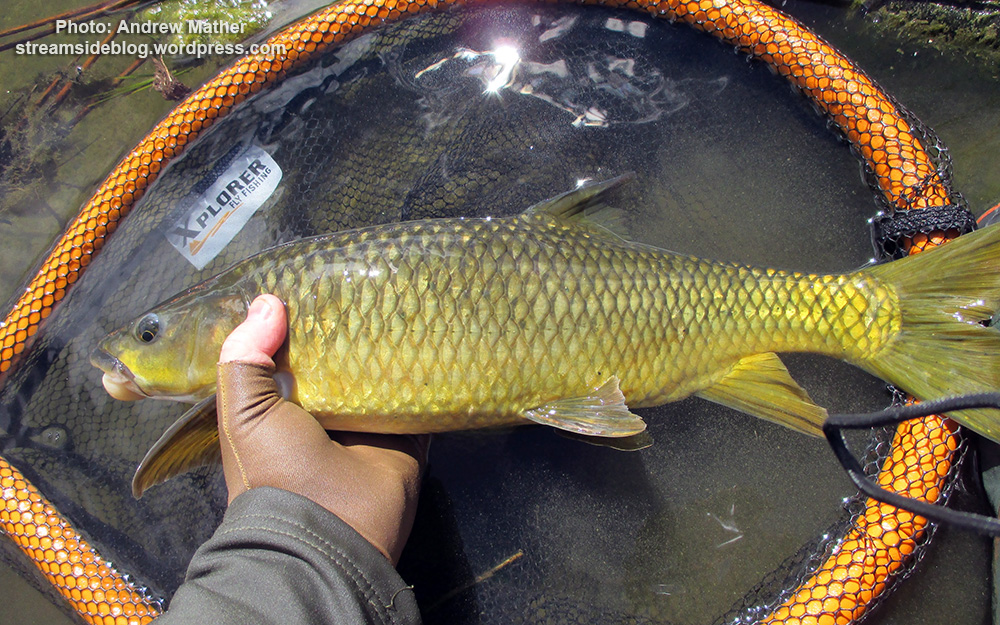Smallmouth yellowfish
(Labeobarbus aeneus)

Classification
General data
The smallmouth yellowfish (Labeobarbus aeneus) is a species of ray-finned fish in the genus Labeobarbus. It has become an invasive species in rivers of the Eastern Cape, South Africa, such as the Mbhashe River.
Biology and ecology
The smallmouth yellowfish is a hardy and adaptable species that is widespread across its natural distribution range. It has the ability to inhabit smaller streams owing to its smaller size.
Attaining a mass of around 9 kg it is an opportunistic feeder, eating a variety of food types ranging from plant material to aquatic insects, crabs, shrimps and small fish.
The smallmouth yellowfish is a slow-growing species with a low egg-to-mass ratio (fecundity), only becoming sexually active at a fork length of 30 cm when it is almost seven years old. During the spawning season the skin of the male fish is covered in sensory papillae, giving it a rough feel to the touch. This is also found in females but to a lesser extent, therefore always wet your hands before handling fish as dry hands can remove this critical mucous layer that protects the skin and scales.
When water temperatures exceed 19 °C in Spring, small shoals of fish migrate to shallow rocky areas to spawn and may do so intermittently from October to February. The long spawning season is an adaptation to the food-driven river and ensures that yellowfish will be able to lay eggs whenever favourable conditions occur. The eggs are relatively large and have a double shell, allowing the fish to spawn in rough rapids and riffles.
The fast water is highly oxygenated and a highly productive zone for algae, diatoms and aquatic insect larvae and nymphs. The juvenile fish have silver bellies and a characteristic olive-green back with black spots. They gather in small shoals in favourable habitat.
The Orange-Vaal river system, also translocated to Gouritz, Great Fish and Kei river systems as well as the Limpopo river and Kyle dam in Zimbabwe.
Prefers clear flowing waters of large rivers with sandy or rocky substrates. Also thrives in large impoundments.











